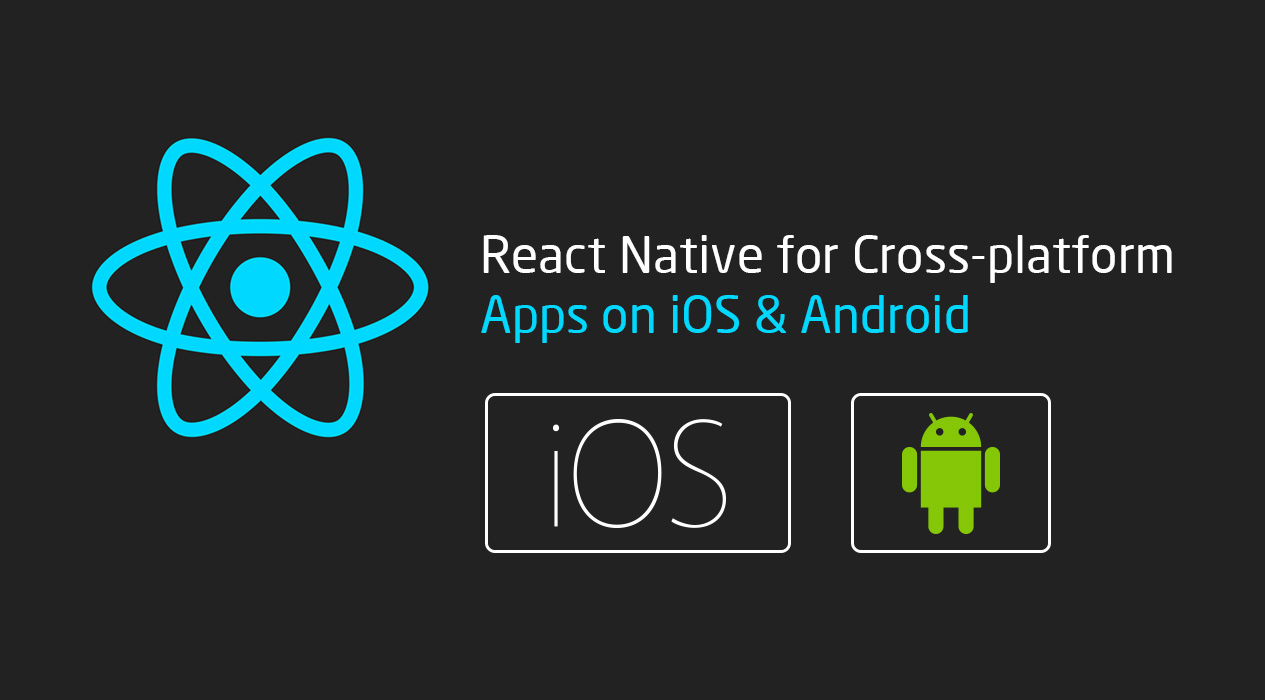React Native is the Way to Go When building a Mobile App
Swan is a fast growing, quality-driven IT services company providing cutting edge solutions. Our Mission is to help companies reach their goals by delivering efficient, successful and intuitive software that exceeds our clients’ expectations. In the world of mobile app development, we’re always looking for shorter development cycles, quicker time to deployment, and better app […]
Project Tips and Tricks
Technologies

Swan is a fast growing, quality-driven IT services company providing cutting edge solutions. Our Mission is to help companies reach their goals by delivering efficient, successful and intuitive software that exceeds our clients’ expectations.
In the world of mobile app development, we’re always looking for shorter development cycles, quicker time to deployment, and better app performance. With two operating systems dominating the landscape, businesses creating mobile apps often face a compromise: apps that provide a better user experience, or apps that are faster to develop and run on more platforms and devices? At the crossroads of user experience and ease of development is the hybrid mobile app – an app built with technology many developers already know (like JavaScript, or HTML5 and CSS) that’s wrapped in a container allowing it to run natively on a device. Hybrid app frameworks have come a long way to bridge the gap between the performance of a native app and the ease of development of a web app. On the leading edge of this technology is React Native user interface (UI) design framework. That is why we are enhancing new technologies in development of applications. Why React native?
- React Native lets you build mobile apps using only JavaScript. It uses the same design as React, letting you compose a rich mobile UI from declarative components.
- With React Native, you don’t build a “mobile web app”, an “HTML5 app”, or a “hybrid app”. You build a real mobile app that’s indistinguishable from an app built using Objective-C or Java. React Native uses the same fundamental UI building blocks as regular iOS and Android apps. You just put those building blocks together using JavaScript and React.
- React Native lets you build your app faster. Instead of recompiling, you can reload your app instantly. With hot reloading, you can even run new code while retaining your application state. Give it a try – it’s a magical experience.
- React Native combines smoothly with components written in Objective-C, Java, or Swift. It’s simple to drop down to native code if you need to optimize a few aspects of your application. It’s also easy to build part of your app in React Native, and part of your app using native code directly – that’s how the Facebook app works.
Getting started with React Native is easy especially for JavaScript pros. Just download the open-source code from Github and make sure you’re familiar with a few tools and constructs in the React Native library that are helpful to know, including NodeJS, the CSS Flexbox system, ECMAScript 6, and JSX, a JavaScript syntax extension that’s similar to XML and used to display data.




